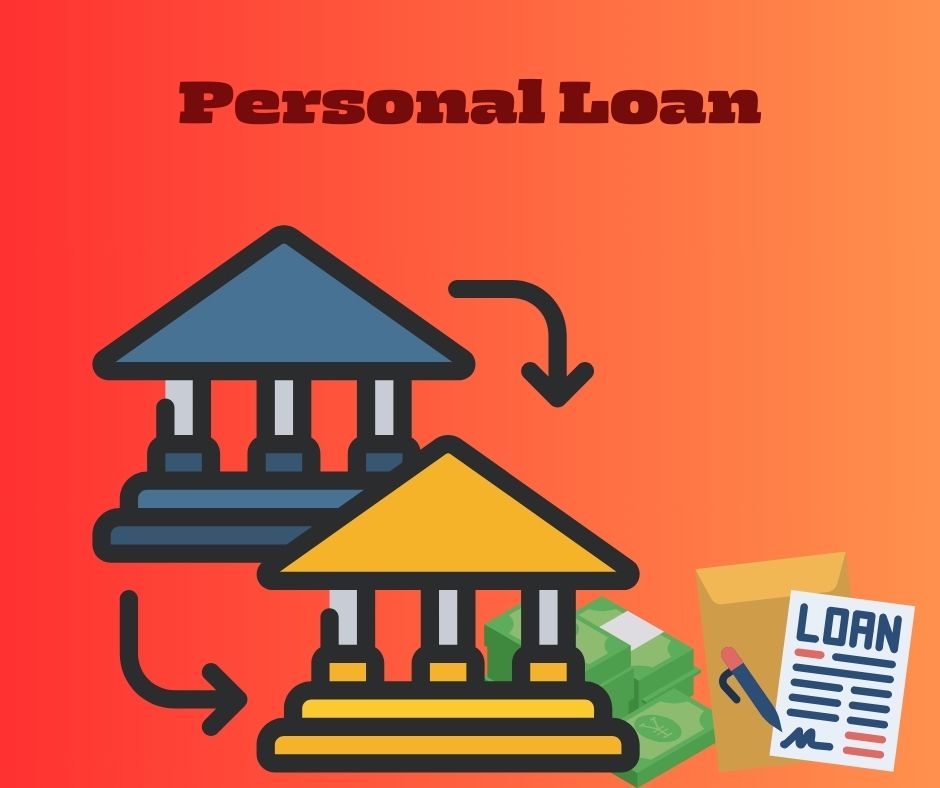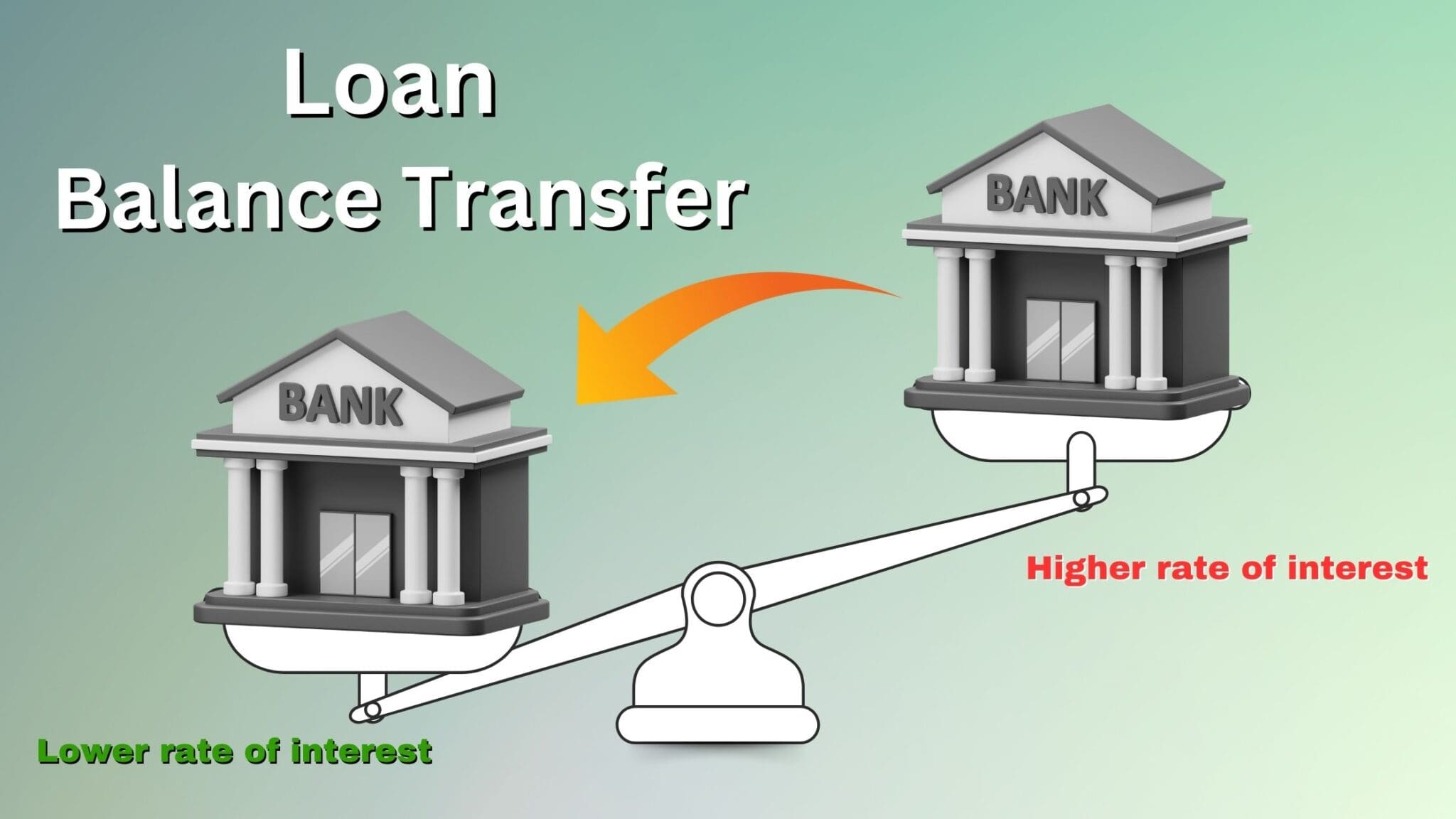Personal loans are the fastest and the most convenient form of credit today. During emergencies, nobody thinks twice before spending and end up taking a personal loan at a high rate of interest. Fast approval coupled with speedy disbursal and no collateral make it the credit instrument of choice during financial emergencies. A personal loan are also be opted for non-emergency situations where you require additional funds, such as personal loans for home renovation, weddings, education and sometimes even for vacations. A lot of people often make this mistake, but there are ways to turn it around too. Once the emergency is over, one can look at consolidating the debts at a lower rate of interest and also get some extra amount as top up to meet some immediate requirements. In that case, a personal loan balance transfer is the easiest and most convenient way of solving the problem. But here the question arises how to transfer personal loan balance and get top up loan?
What are Personal Loan Balance Transfer and get Top Up Loan?
A personal loan balance transfer is a process wherein a customer transfers the total outstanding amount of the present obligation of the existing personal Loan from one bank or NBFC to another.
It usually happens when the new lender bank or NBFC provides a lower rate of interest on the outstanding loan amount and also provides an additional amount as top up loan as per the requirement of the applicant.
Hence, the primary purpose of a personal loan balance transfer is to decrease the overall burden of debt by lowering the existing rate of interest and to get an additional amount of loan as the secondary one.
Every individual needs to meticulously assess the personal loan balance transfer offer and choose the best of the lot to save on the total interest payable. The process of personal loan balance transfer and availing top up loan does not require any extra collateral from the borrower.
However, some nominal charges for the personal loan balance transfer would entail foreclosure charges, processing fees and loan protection insurance premium.
What are the key features of Personal Loan Balance Transfer?
There are many reasons why you should opt for a Personal Loan Balance Transfer including:
Reduced Interest Rates:
A personal loan balance transfer provides an applicant the benefit of lower interest rates. The new lender bank or NBFC will generally offer a low interest rate than the existing lender bank or NBFC, thus decreasing the EMI amount and total interest liability to an advantageous point.
Longer Tenure:
While switching to a new bank, the borrower can re-negotiate the loan terms and ask them to extend the repayment tenure. Doing this will lower your monthly EMI obligation which will make some space to pay over a longer period of time.
Improved Credit Score:
If the borrower is having proper repayment track record of the EMIs with the previous lending bank or NBFC completely and on time, but foresees that it will be difficult to make complete payments for the next few months because of some unexpected financial constraints, it is always recommended to opt for personal loan balance transfer. This will increase credit score and help to keep the repayment track record intact.
Top-Up Loan:
Personal loan balance transfer gives the borrower flexibility to borrow more money in form of top up loan. If the borrower is having an existing loan with a certain bank or NBFC and are in need of an additional loan, then it is always advisable to approach a separate bank or NBFC who would willing to offer a loan at a better rate for the transfer of outstanding balance of your current loan along with an additional fund as top up loan.

Documents Required for transfer Personal Loan Balance and Top Up Loan?
Documents that are very much essential for the personal loan balance transfer and top up loan are as follows:
KYC documents in the form of Pan Card and Aadhaar Card along with Passport-size photographs
Address proof in the form of the latest electricity bill or leave and license agreement or Utility Bill (not more than 3 months old) or the latest property tax receipt of the residential address or passport (anyone).
Identity proof (any one): PAN Card, Driving license, Voter’s ID card, employee identity card.
Income proof: Last three months’ salary slips and form 16 for the last two years in case of a salaried person and audited financials for the last two years for a self-employed professional or non-professional.
Bank statements for the last six months for both salaried persons as well as for the self-employed professionals and non-professionals.
Foreclosure letters of the existing personal loan that has to be taken over.
When it is Possible to Balance Transfer the Existing Personal Loan to a Different Bank or NBFC?
It is possible to opt for the process of personal loan balance transfer and apply for a top up loan from the existing lending bank or NBFC to another financial institution if the borrower has paid at least 6 EMIs without any delinquencies in the previous six months and financially eligible to get the top up loan. However, this parameter may vary from one bank or NBFC to the other as per the internal criteria.
Process of Possible to Balance Transfer and Top Up Loan to be followed:
Personal loan balance transfer process usually involves the following steps that are required to be followed for a successful and beneficial venture:
- Check the current interest rate that the borrower can get for the personal loan with other lenders and calculate the interest savings.
- Evaluate the estimated cost of the loan transfer taking into account various charges and fees that might be applicable.
- Consider the net benefits and finalize whether the borrower want to opt for the balance transfer or not. Shortlist a few lenders that you may want to transfer your existing loan to.
- Compare the interest rates offered by the shortlisted lenders, the loan amount eligibility and the loan process.
- After the finalisation of the new lender and decide to go ahead with the transfer, apply for a foreclosure letter from the existing lender.
- Start the application process with the new lender. Submit the loan documents along with the complete record of repayments of all EMIs in form of loan account statement.
- Accept the sanction letter and execute the new loan agreement with the new lender.
- Take a disbursement (of the outstanding loan amount that has to be paid to the previous lender) from the new lender through a bankers’ cheque or demand draft in favour of the previous lender.
- Once the previous lender receives the outstanding loan amount, they will cancel all the cheques and ECS and close your personal loan account.
- Once the above processes are completed the top up loan amount is credited directly to the bank account of the borrower.







Pingback: What are the Reasons for Home Loan Rejection?